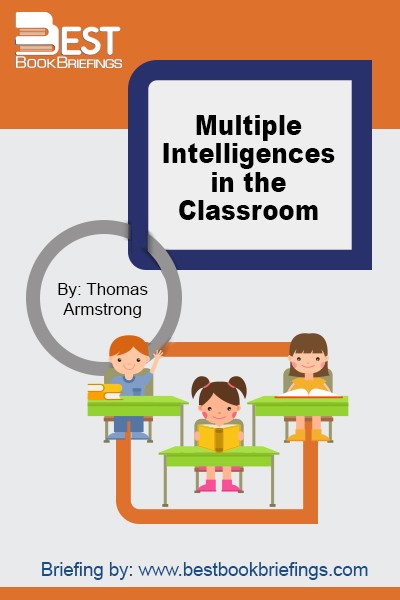Multiple Intelligences in the Classroom
Number of pages: 246
Publisher: ASCD: Association for Supervision & Curriculum Development
BBB Library: Education
ISBN: 9781416607892
Editorial Review
In Multiple Intelligences in the Classroom, Thomas Armstrong describes how educators can bring Howard Gardner's theory of multiple intelligences into the classroom every day. Combining clear explanations and practical advice, Multiple Intelligences in the Classroom is an excellent guide to identifying, nurturing, and supporting the unique capabilities of evey student.
Book Reviews
Books on Related Topics
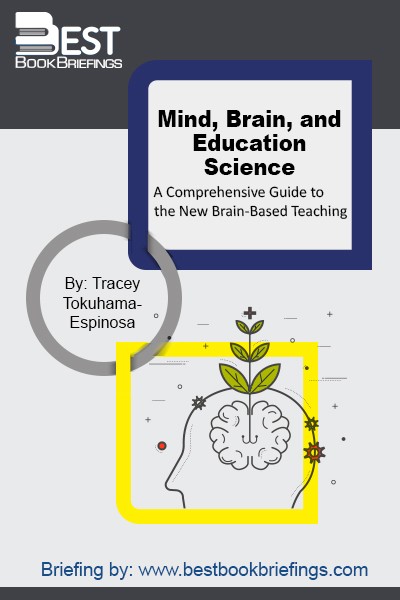
Education has never had so many tools at its disposal to improve the teaching and learning processes. These are exciting times for everyone in the discipline. Neuroscience and psychology nurture our understanding of how the brain learns and help us identify the best teaching practices possible. Although the tools of the
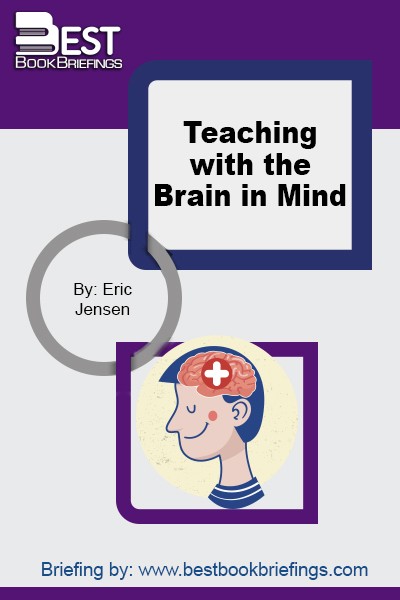
Let’s acknowledge two fundamental facts. First, students who attend school from kindergarten through secondary school typically spend more than 13,000 hours of their developing brain’s time in the presence of teachers. Second, their brains are highly susceptible to environmental influences—social, physical, cognitive, and emotional. And, more important, their brains will be

AI (Artificial Intelligence) is quickly turning into the new foundation for businesses, defining how companies operate and execute their tasks. The first big implications of AI on our society are not in simulating humanity, but rather in transforming our organizations and the way they shape our world. To bring about these
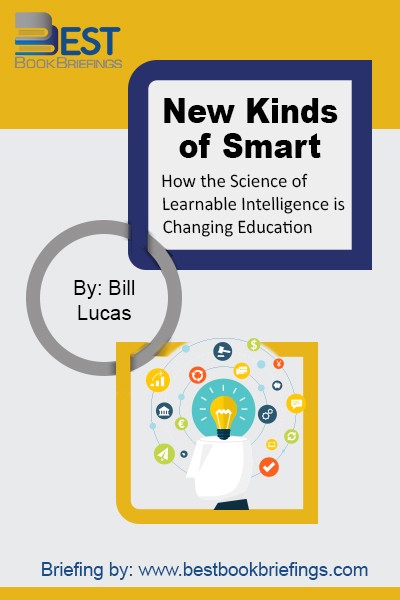
For the first time ever, New Kinds of Smart brings together all the main strands of research about intelligence in one book and explains these new ideas to practising teachers and educators. Each chapter presents practical examples, tools and templates so that each new strand of thinking can be woven into their
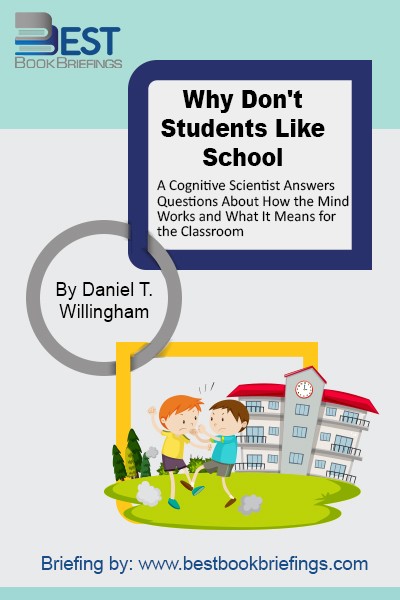
Why Don’t Students Like School began as a list of nine principles that are so fundamental to the mind’s operation that they do not change as circumstances change. They are true in the classroom as they are in the laboratory and therefore can reliably be applied to classroom situations. These nine

